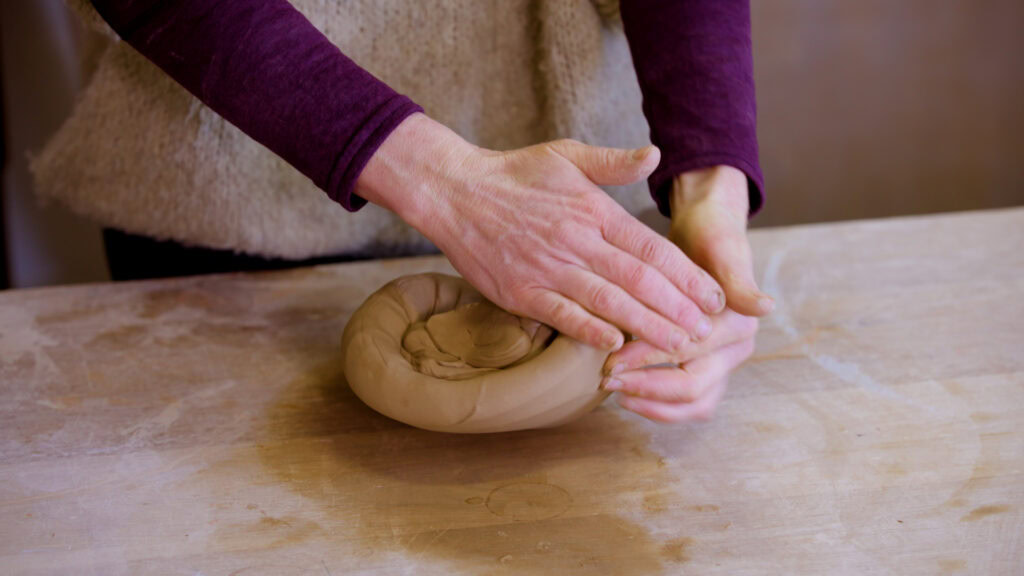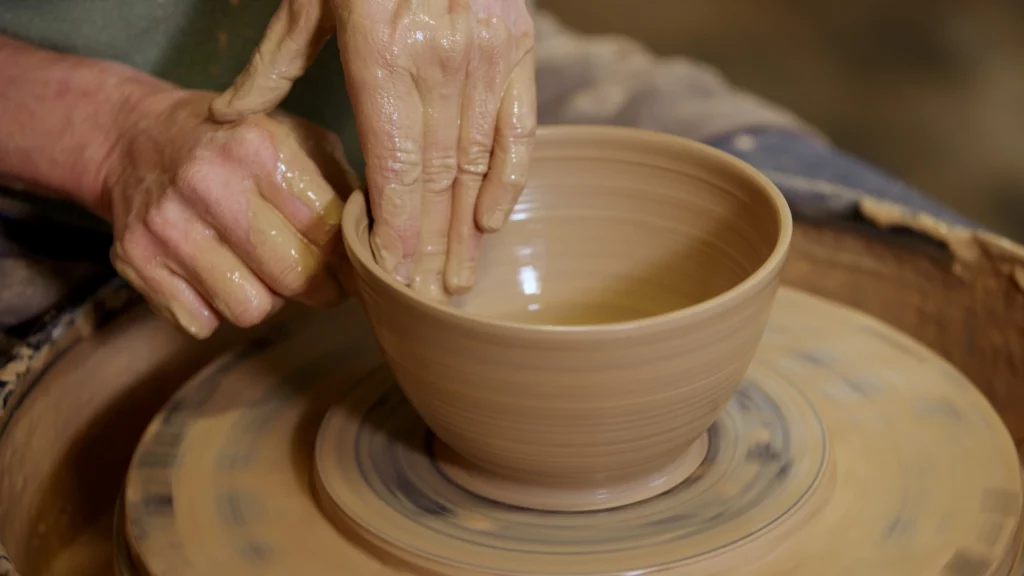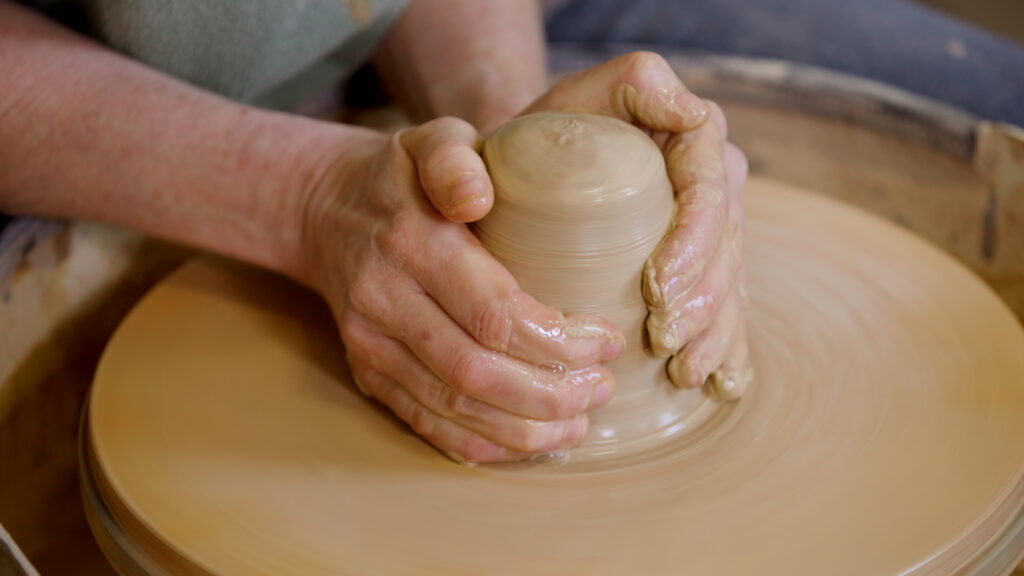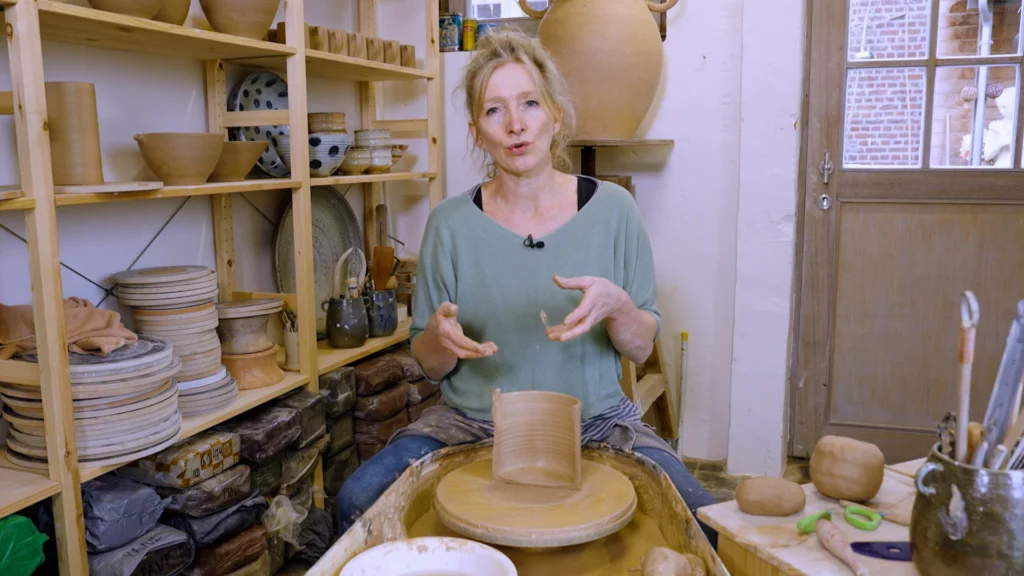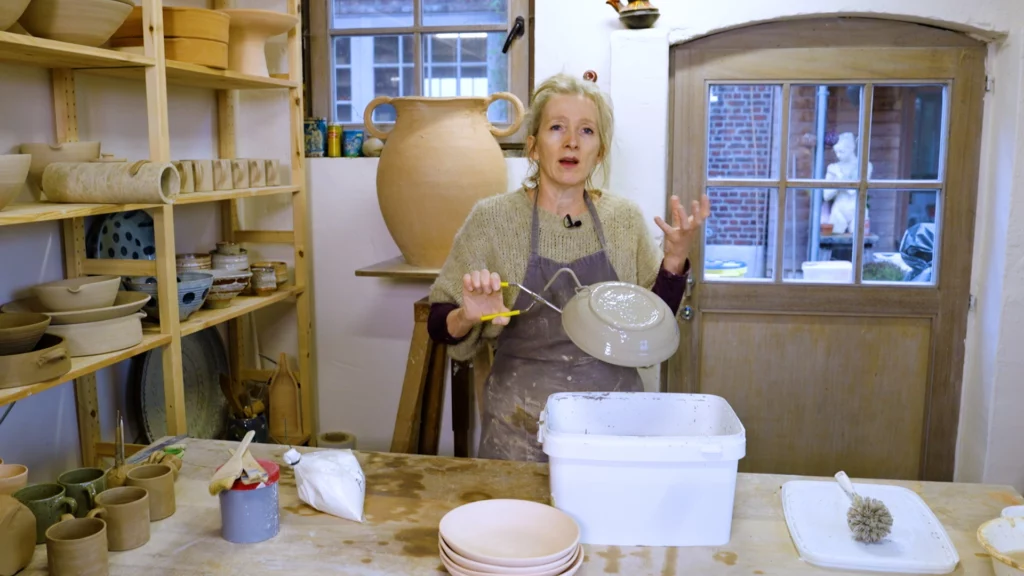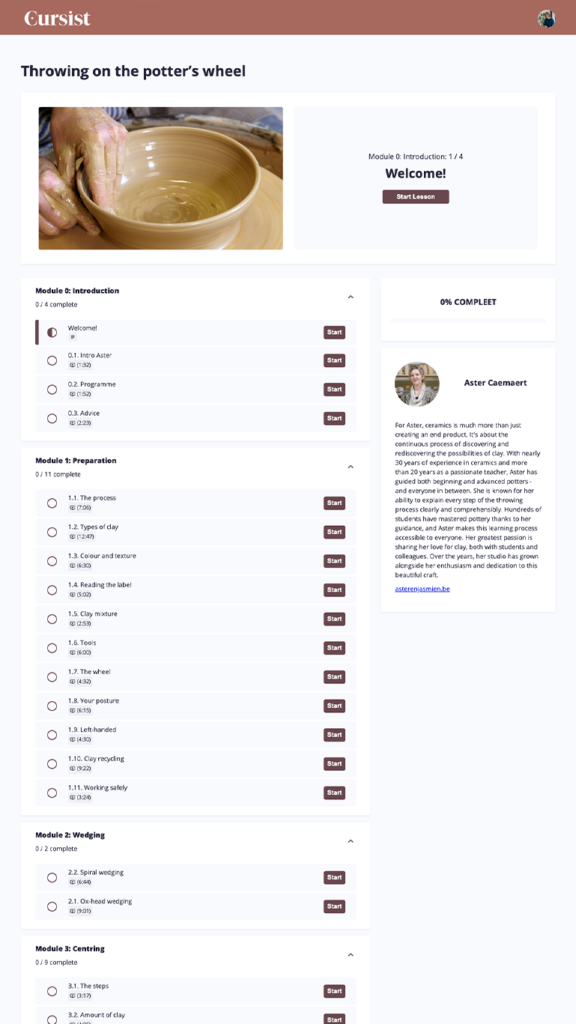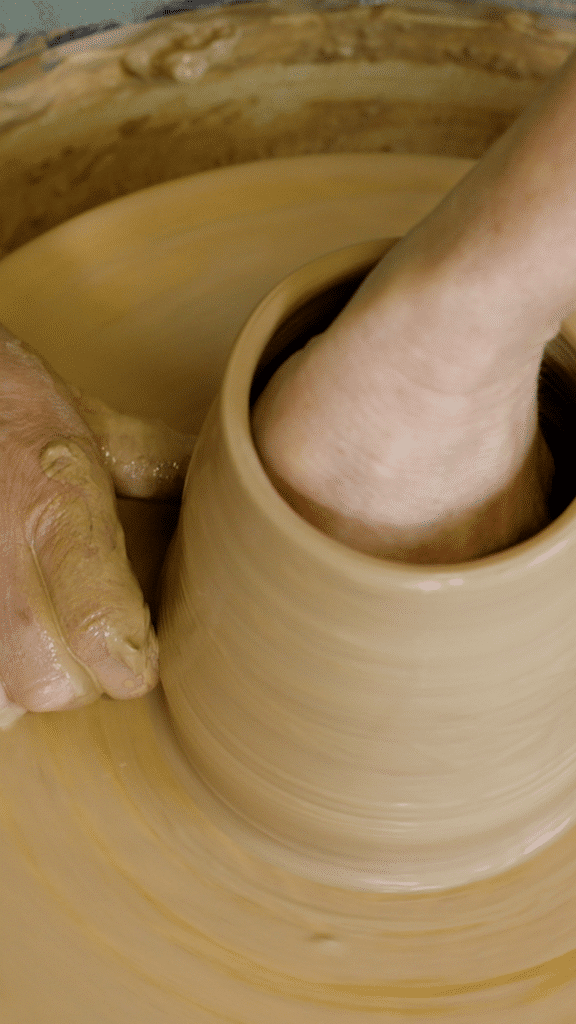Aster Caemaert
For Aster, ceramics is much more than just creating an end product. It's about the continuous process of discovering and rediscovering the possibilities of clay. With nearly 30 years of experience in ceramics and more than 20 years as a passionate teacher, Aster has guided both beginning and advanced potters - and everyone in between. She is known for her ability to explain every step of the throwing process clearly and comprehensibly. Hundreds of students have mastered pottery thanks to her guidance, and Aster makes this learning process accessible to everyone. Her greatest passion is sharing her love for clay, both with students and colleagues. Over the years, her studio has grown alongside her enthusiasm and dedication to this beautiful craft.


